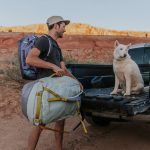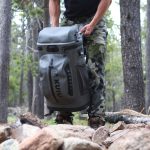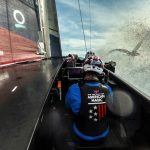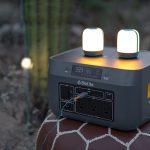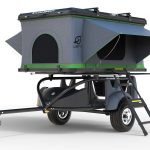Founded in 1983, Recco commemorates its 40th anniversary in the search and rescue space. While the Recco system has changed little since first launching, the company’s mission has not changed—”to make more outdoor enthusiasts searchable to rescuers, no matter the activity, location or season.”
Magnus Granhed, the company’s founder, designed the Recco recovery system inspired by the death of a friend in an avalanche in Åre, Sweden, in 1973 and the frustration of the search and rescue methods at the time.
“I understood early that an electronic solution was the way to go,” said Ganhed.
Through an extensive R&D process, Granhed’s finalized the prototype in the early 1980s, and in 1983, he founded Recco. The first detector, the R1, weighed about 44 pounds. Today’s iteration, the R9, weighs about 1.9 pounds.
In 2016, Recco introduced a helicopter-carried detector that searches large areas faster year-round using the same technique for avalanche rescue to locate people that are lost or in distress while participating in outdoor activities‚—hiking, biking, hunting or trail running. The evolution from a winter to a year-round system spurred investment to test and introduction new reflectors.
Testing in the lab and the field remains essential for developing the Recco system, as the company’s technology has broadened in scope from winter to year-round activities. There is also a strong focus and commitment to sustainability when developing new reflectors when choosing materials and production methods.
To be a reliable partner for rescue teams worldwide, developing user-friendly detectors remains essential in parallel with making more people searchable. These two elements remain as important today as they were 40 years ago.
Today, Recco reflectors are in outdoor clothing and equipment, including helmets, backpacks and hiking shoes from over 150 brand partners, including Jack Wolfskin, Arc’teryx, Helly Hansen, Patagonia, POC, and others. For more product information, go here.

